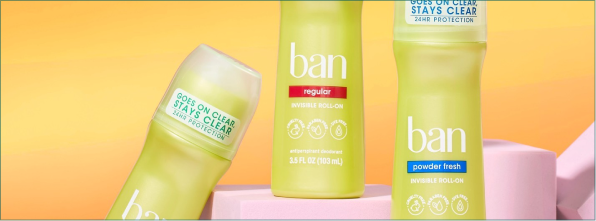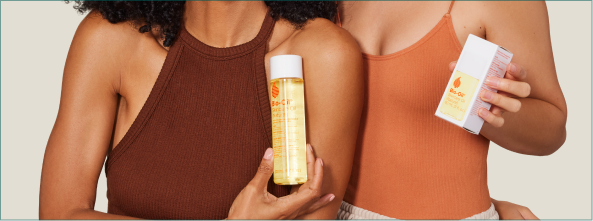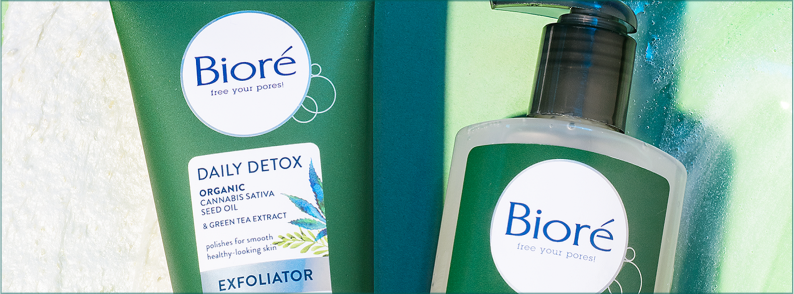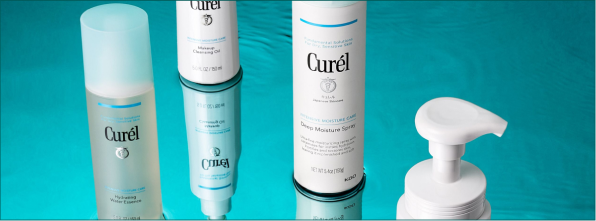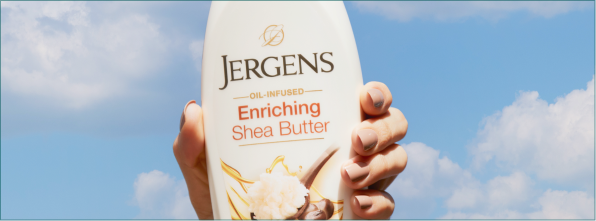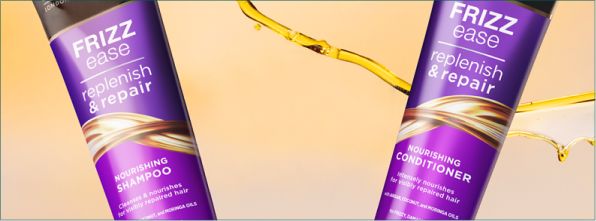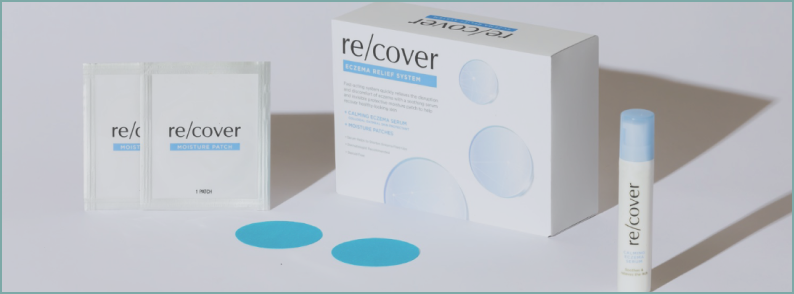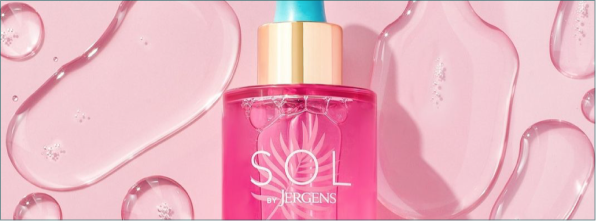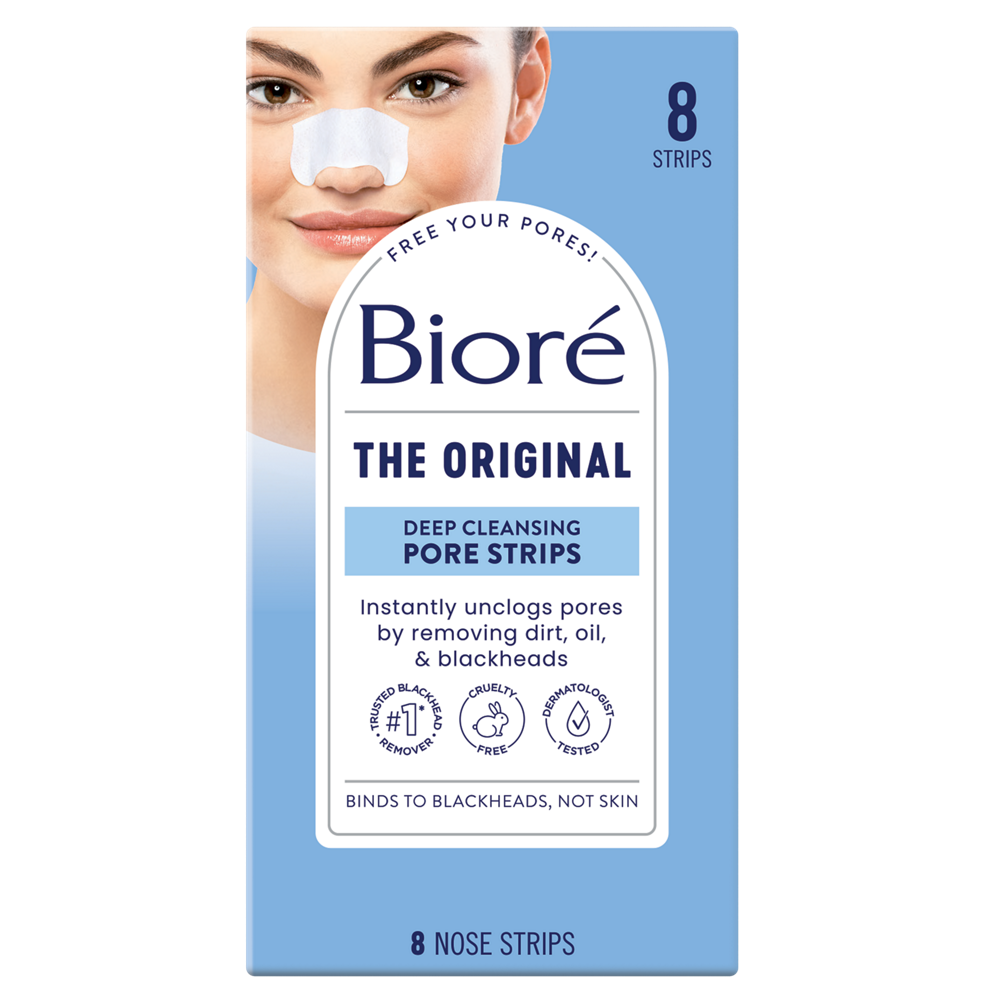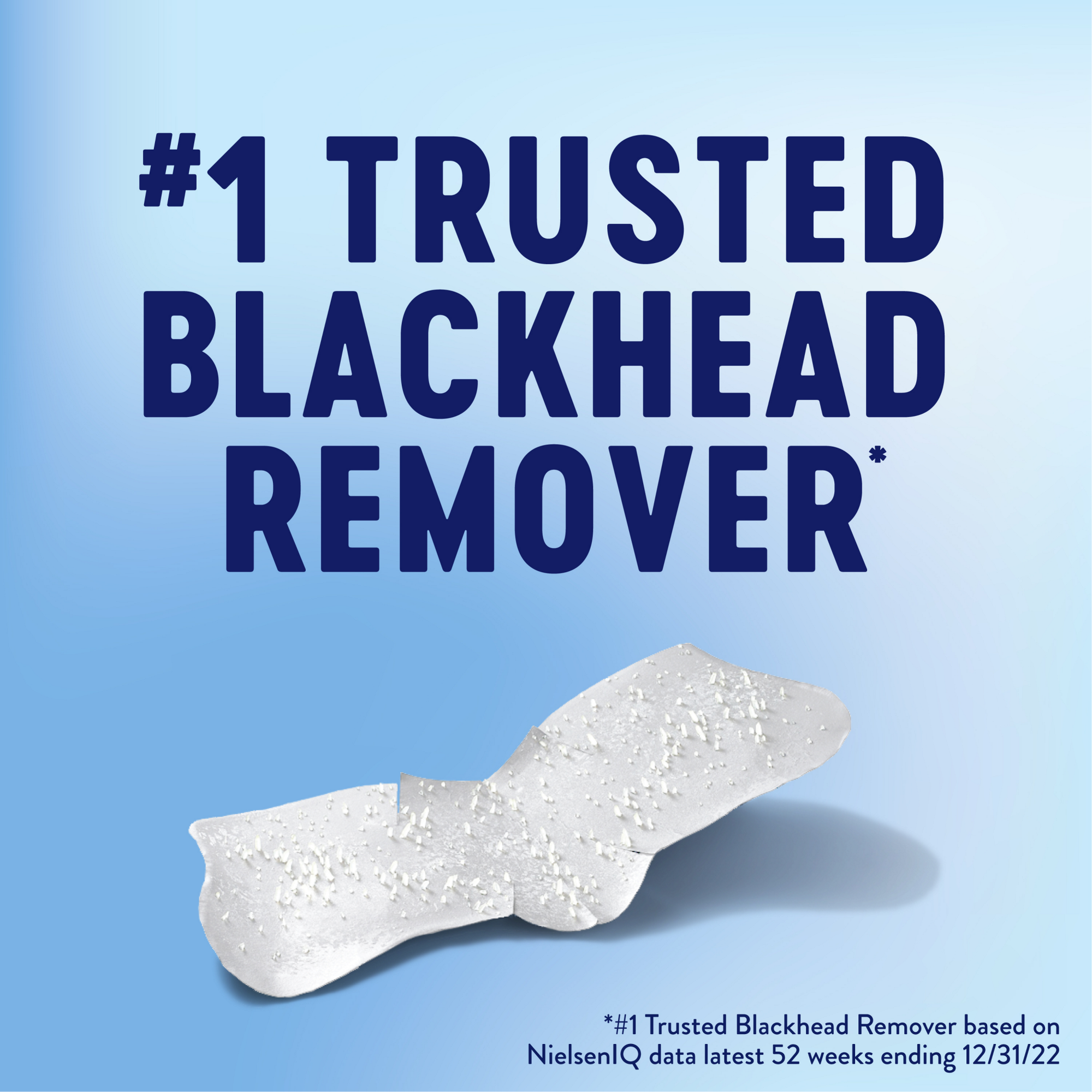What To Do After Removing Blackheads

What To Do After Removing Blackheads
Your appearance plays a big part in your self-confidence. Nothing can make you as self-conscious as skin problems, and blackheads are a common issue. The good news is that you can do something about blackheads. Read on to learn more about what causes blackheads, how to treat them, and what to do to keep them from returning after removing them.
What Are Blackheads and What Causes Them
Blackheads are a kind of acne. They appear when your pores or hair follicles get clogged with sebum that is mixed with dead skin cells. Sebum is a naturally-occurring oil that your skin produces. The top layer of this mixture turns dark when exposed to oxygen, making the blemish look black.
Curious about what causes blackheads? Genetics do play a role, and those factors are out of your control, but lifestyle choices can also lead to the development of blackheads. Some causes include:
- Clogged pores. Blockage in clogged pores is usually a buildup of sebum, dead skin cells, makeup, and other impurities. The best way to address this problem is to wash your face as often as possible throughout the day.
- Sweat. People who sweat more tend to have more blackheads. If that applies to you, it's essential to clean your skin after a workout or time in a hot environment. That doesn't mean you should skip your trip to the gym, though. Research shows that sweating during exercise is healthy for the skin as it helps flush out pores.
- Oily Hair. You may be surprised to learn that your hair contributes to the development of blackheads. People with oily hair tend to get blackheads more often, especially along the hairline. Also, hair care products build up on your skin and contribute to blackheads, especially if your hairstyle touches your face. Keeping your hair off your face can help.
- Oily Skin. People with oily skin may experience more blackheads because they produce more sebum. Since your fingers have oil on them, too, avoid touching your face as much as possible.
- Diet. An unhealthy diet can lead to inflammation and be detrimental to your skin’s health in general. However, a balanced diet with limited unhealthy oils can help improve the health of your skin.
Blockage in clogged pores is usually a buildup of sebum, dead skin cells, makeup, and other impurities. The best way to address this problem is to wash your face as often as possible throughout the day.
In addition to these causes, think about all the things that touch your face during the day, such as your phone. Everything that touches your phone comes in contact with your hands and face. Wiping down the screen may help reduce the risk of dirt and oil making their way into your pores and leading blackheads.
The Best Ways To Extract Blackheads
The appearance of blackheads can be frustrating. It's important to safely remove blackheads so that you don't harm your skin or make the problem worse. Here are some of the best ways to extract blackheads while minimizing the risk of skin damage.
Use pore strips.
Pore strips are one of the simplest ways to remove blackheads and get immediate results. You can buy them over the counter and use them at home, so you don't have to visit a dermatologist.
Look for pore strips that use cationic ions to bind to the blackhead instead of your skin. The positively charged ions bind to the negatively charged blackheads to draw out impurities. The best strips can even reach those deep inside the pores or follicles. With regular use, you can reduce the appearance of your pores.
Try salicylic acid.
A beta-hydroxy acid (BHA), salicylic acid is a primary ingredient in many face and body cleansers. BHAs deep clean to dissolve the clogs in your pores and hair follicles.
Don’t expect overnight results, but using cleansers with salicylic acid as part of your regular routine will allow you to see a difference.
See an esthetician or dermatologist.
These experts have professional training and tools to remove blackheads manually. This treatment is usually reserved for severe cases. If you do seek professional treatment, take advantage of the opportunity. Ask the professionals for skincare tips that may help prevent future blackheads.
Turn to prescription medications if needed.
Prescription medications may help if you don't get the results you want from over-the-counter treatments. Dermatologists can prescribe drugs that use AHAs, BHAs, vitamin A, or retinoids to keep blockages from forming inside the pores. These medications also encourage new, healthy cells to grow. Like salicylic acid cleansers, prescriptions take time to work, so be patient and stay consistent.
What To Do After Removing Blackheads
Once you find a method of removing blackheads that works for you, the next step is to keep them from coming back. The key is to find a strategy that keeps your pores from getting blocked. Here are some tips that may work for you:
- Use a toner regularly.
A toner with salicylic acid can help close off your pores so that less debris and sebum can get in. Toner products help clean out and tighten your pores. But keep in mind that toners can dry out your skin.
A toner with salicylic acid can help close off your pores so that less debris and sebum can get in. Toner products help clean out and tighten your pores.
- Follow up with a non-comedogenic moisturizer. Make sure your skin doesn’t dry out by applying moisturizer after the toner. Ensure that it is non-comedogenic so that you don’t clog your pores all over again.
- Stick to a consistent skincare routine.
Prevent blackheads from returning by developing a skincare routine that prevents dry skin, includes regular exfoliation, and controls oil production. A daily skincare regimen should include some form of:
- Cleansing: Wash with warm water and a salicylic acid cleanser twice a day. This part of your routine is essential to remove makeup, sunscreen, and the other impurities that accumulate on your skin. Use a cleansing cloth designed for makeup and dirt removal for the best results.
- Moisturizing: Keep your skin from drying out with moisturizer. Consistent moisturizing will also keep your skin from going into overdrive and producing too much oil.
- Exfoliation: Two or three times each week, use a gentle facial scrub for exfoliation. This step will remove buildup and dead skin cells that might clog your pores and lead to more blackheads.
- Oil control: Use pore strips and a weekly clay or charcoal face mask to prevent excess oil and deep clean your skin.
If you see blackheads coming back, resist the temptation to try to extract them with your fingers. This method of removing blackheads performed by anyone other than a professional can aggravate the problem. Pore strips and professional extractions are the only safe ways to remove blackheads immediately.
After removing blackheads, the next steps are just as important to help keep blackheads away. With these tips in hand, you can make sure that blackheads don’t get in the way of living your best life.
